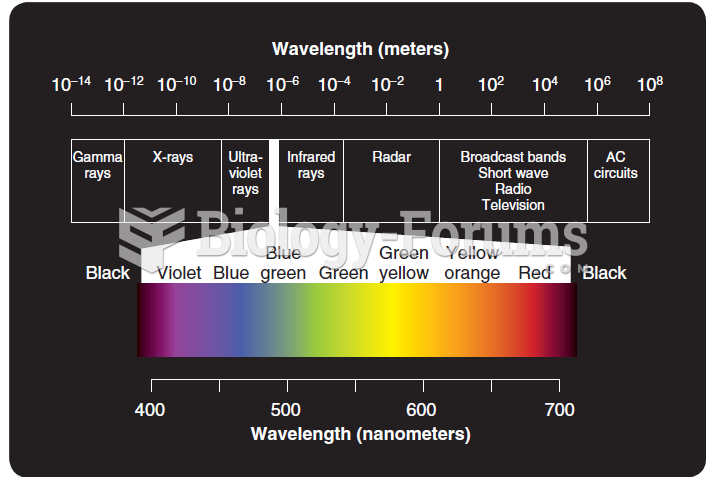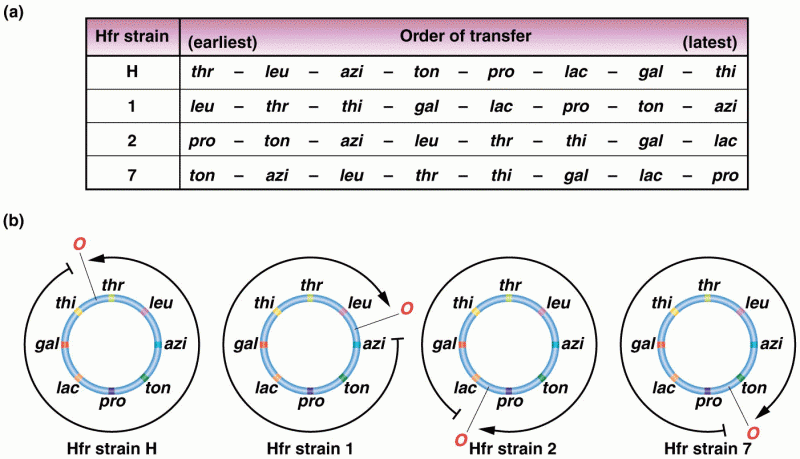|
|
|
When Gabriel Fahrenheit invented the first mercury thermometer, he called "zero degrees" the lowest temperature he was able to attain with a mixture of ice and salt. For the upper point of his scale, he used 96°, which he measured as normal human body temperature (we know it to be 98.6° today because of more accurate thermometers).
Egg cells are about the size of a grain of sand. They are formed inside of a female's ovaries before she is even born.
According to the CDC, approximately 31.7% of the U.S. population has high low-density lipoprotein (LDL) or "bad cholesterol" levels.
Sildenafil (Viagra®) has two actions that may be of consequence in patients with heart disease. It can lower the blood pressure, and it can interact with nitrates. It should never be used in patients who are taking nitrates.
In the United States, an estimated 50 million unnecessary antibiotics are prescribed for viral respiratory infections.
 Developmental steps in the maturation of Tasmanian devil young. The diagonal lines indicate the amou
Developmental steps in the maturation of Tasmanian devil young. The diagonal lines indicate the amou
 Sequential blending uses a computer to calculate the correct ratio as well as the prescribed order ...
Sequential blending uses a computer to calculate the correct ratio as well as the prescribed order ...





